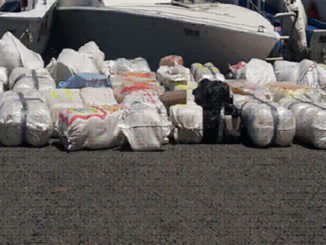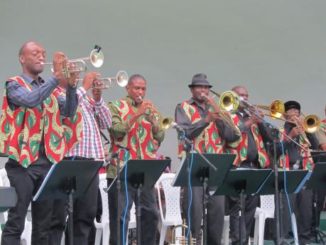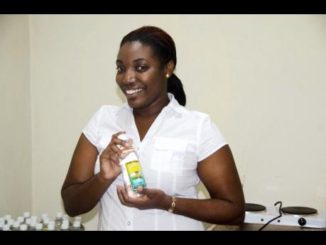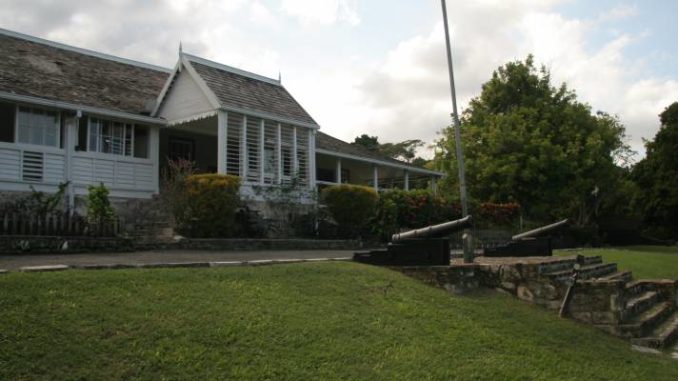
I was thrilled to find out that my cousin wanted to be an archaeologist. I was even more thrilled to know that she did indeed become one, not for some outside influences, or giant country with lots of money to back and a plethora secrets to hide. But instead, she chose to work for her country – for Jamaica!
I must say though, I’m not surprised, after all she’s from the Garden Parish where you can find a gem of a treasure just walking through a short path on the way to your grandmother. And as for find more substantial things, I will say that i’m proud of her, and will leave that task for her to conquer.
The Seville Great House and its surroundings always have hidden gems, that can always be a starting point when looking for new things to show your bosses!
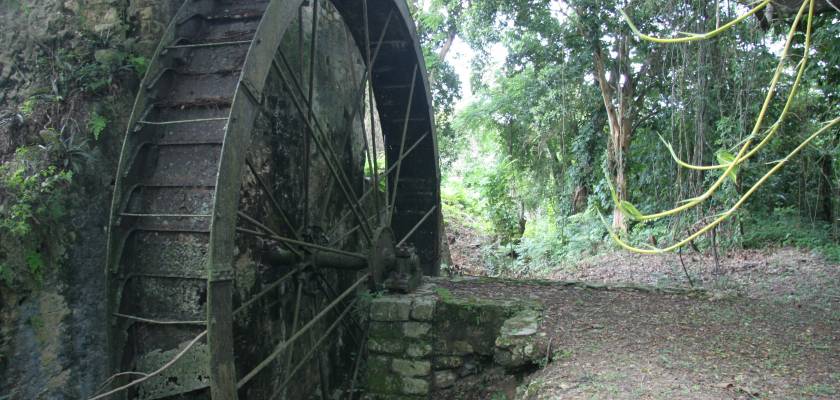
The African Presence at Seville
The first Africans came to Jamaica with the Spanish. Juan de Esquivel (the first Spanish governor), along with 60 to 80 colonists, established the first Spanish settlement at Sevilla la Nueva in 1509.
By 1512, the Taino population had significantly declined due to the labour regime under the encomienda and the repartimento systems and disease (Aarons 1983). In 1513, the Esquivel family
was permitted to import three enslaved Africans (Ibid). The importation of enslaved Africans increased, and by 1523, the Jamaican colonists were granted permission to import 500 enslaved Africans per year (JIS).
After the English capture of Jamaica from the Spanish in 1655, Sevilla la Nueva became a sugar plantation owned by Captain Richard Hemmings. Under the English, many more Africans were forcibly transported to Jamaica in the Trans-Atlantic Trade in Enslaved Africans. During
enslavement, thousands of Africans lived and died at Seville. Enslaved Africans were an integral part of the economy and the most important part of the labour force. Each estate had an area designated for the residence of the enslaved population. This area was usually referred to as the
‘slave village’.
From archaeological excavations of the Enslaved African Village at Seville conducted from 1987 to 1991, in a collaborative agreement between Syracuse University and the Jamaica National Heritage Trust (JNHT), two African settlements were identified on the present 300-acre property.
The date for the earliest village is around 1670 to 1760 and this was located southwest of the planter’s house (great house). The second village dates from about 1760 to 1880 and is located west of the great house (Armstrong, 1989). Twenty-four houses and their associated yards were
examined. The excavations revealed the spatial layout, construction techniques and the cultural practices of the occupants. The early enslaved African houses at Seville were constructed in tight linear rows and were located immediately behind and up slope from the great house. The African
houses in the later village are loosely clustered in an area northwest of the early village and due west of the great house (Armstrong & Kelly, 2000). The houses that were excavated were of wattle and daub construction with earthen floors that had been marled. Only one house had a board floor.
Roofs were thatched (Armstrong, 1999).
Soon after, or associated with the abandonment of the early village, house areas in the early village were reused to bury the dead. Four burials were located within the house-yard compounds of the early village. They consisted of three males and one female. Two of the males were in their early twenties, the third in his mid-forties, and the female in her late teens. They were buried within separate yards with unique sets of artifacts. All were buried in wooden caskets. Only one burial, number four, had a surface marker (Ibid)
| Burial | Sex | Appx. Age | Illness | Artifact Found In Burial Pit |
| One | M | 20-25 | Kidney Stone | Padlock |
| Two | M | 20-25 | Chronic Anemia | Knife in left hand, white clay smoking pipe |
| Three | F | 17-19 | Severe Chronic Anemia | Pecked crystal Stopper, bone buttons |
| Four | M | 40+ | Infection of the feet that had become septic and had spread to the lower limbs. (Osteomyelitis). This infection not only affect the mobility but could also have contributed to his death. | Calibrated carpenter’s space, large sheet of thin iron sheet metal, bone buttons. |
With emancipation in 1838, most of the African houses on Seville Estate were abandoned. Many of the freed Africans moved off of the estate and onto to free villages or other vacant lands to escape the location of their previous enslavement and also the exploitative pattern of being charged
rents and being forced to work for the estates. Those who remained on the estate continued to live in the area of the later village. Several houses from this era face an open grassy area referred to today as ‘the commons’ (Armstrong & Kelly, 2000).
In 1997, to commemorate the re-establishment of Emancipation Day, the JNHT held its first Emancipation Jubilee on the grounds on the Seville Heritage Park. The first Jubilee was a three-day event which paid tribute to the four enslaved Africans whose remains were excavated from
the African Village at Seville. Three of the remains (the males) were reburied on the grounds of Seville on Emancipation Day 1997.
In other words, Happy Emancipation day, and F.U. Pandemic!

